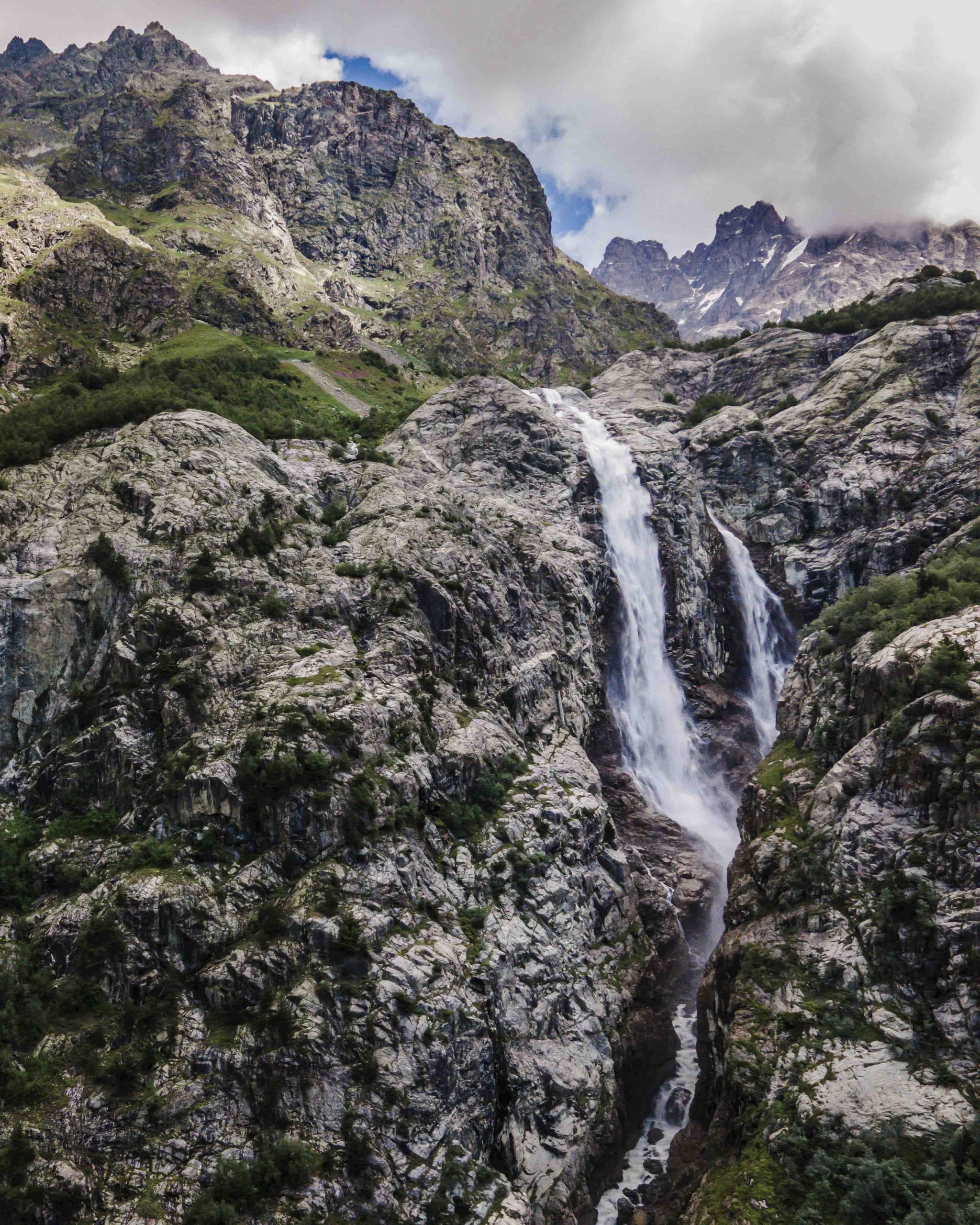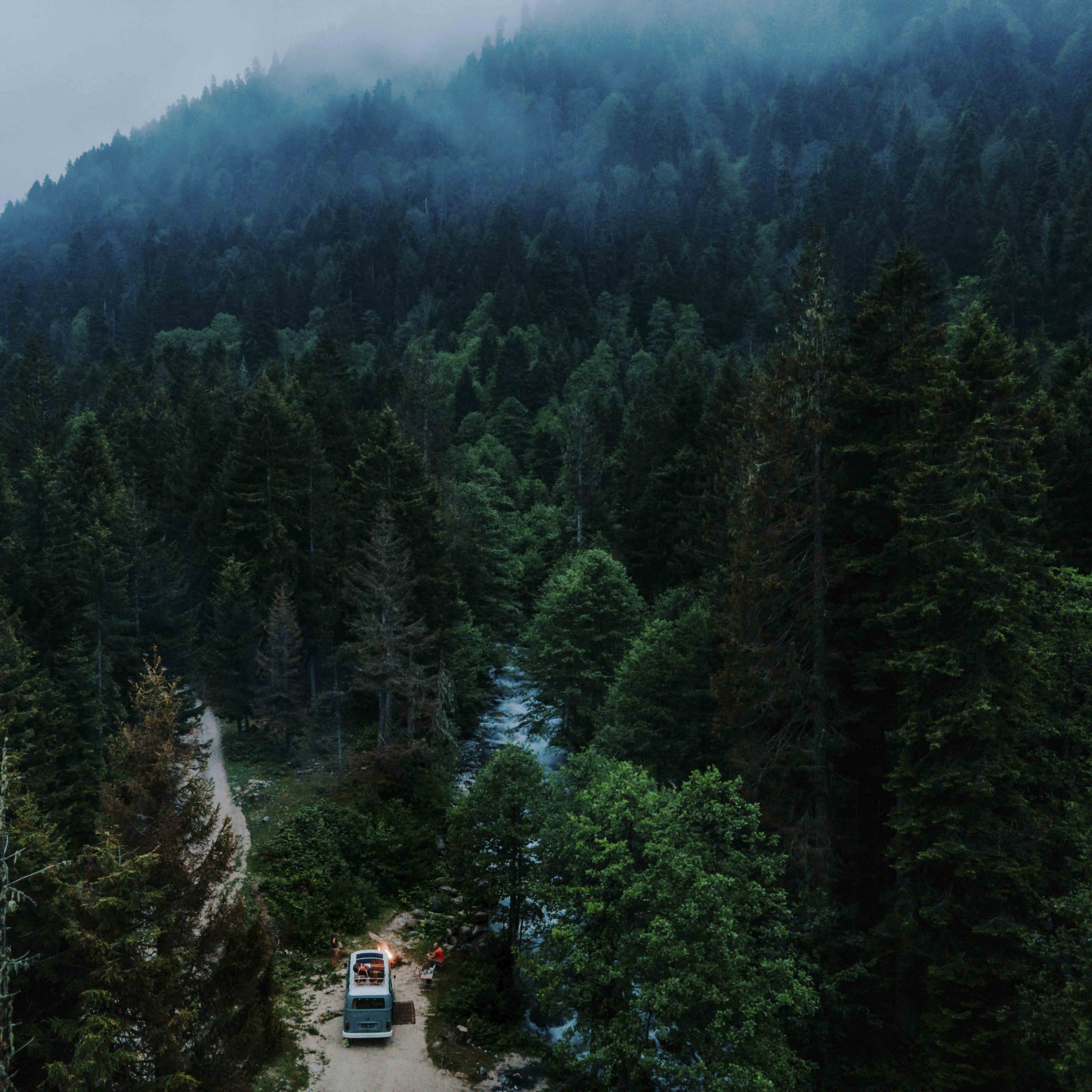We are the greatest threat to our planet!
We are the first generation to know what we are doing and we are the last one to do something about it. Being sustainable means that we must make sure that everything we do, we can do forever.
Rewild. Rebalance. Recover.
MY Our Planet
Thousands of studies conducted by researchers around the world have documented increases in temperature at Earth’s surface, as well as in the atmosphere and oceans. Many other aspects of global climate are changing as well. Human activities, especially emissions of heat-trapping greenhouse gases from fossil fuel combustion, deforestation, and land-use change, are the primary driver of the climate changes observed in the industrial era.
The situation
Global temperature rise
The planet’s average surface temperature has risen about 1.18 degrees Celsius since the late 19th century, a change driven largely by increased carbon dioxide emissions into the atmosphere and other human activities. Most of the warming occurred in the past 40 years, with the seven most recent years being the warmest. The years 2016 and 2020 are tied for the warmest year on record.
Warming oceans
Rising ocean temperatures are driving unprecedented changes in global marine ecosystems, sea levels, and weather patterns.
The ocean has absorbed much of the increased heat on earth, with the top 100 meters of ocean showing warming of more than 0.33 degrees Celsius since 1969.
Shrinking ice sheets
The Greenland and Antarctic ice sheets have decreased in mass. Data from NASA’s Gravity Recovery and Climate Experiment show Greenland lost an average of 279 billion tons of ice per year between 1993 and 2019, while Antarctica lost about 148 billion tons of ice per year.
Sea level rise
Global sea level rose about 22 centimeters since 1880. The rate in the last two decades, however, is nearly double that of the last century and accelerating slightly every year.
The rising water level is mostly due to a combination of melt water from glaciers and ice sheets and thermal expansion of seawater as it warms.
Extreme events
Extreme events are the new norm. The past seven years are on track to be the seven warmest on record. Months’ worth of rainfall fell in the space of hours in China and parts of Europe saw severe flooding. In the USA heat was often accompanied by devastating fires and in Canada it rained – rather than snowed – for the first time on record at the peak of the Greenland ice sheet. Thus glaciers suffered rapid melting.
Ocean acidifcation
Since the beginning of the Industrial Revolution, the acidity of surface ocean waters has increased by about 30%. This increase is the result of humans emitting more carbon dioxide into the atmosphere and hence more being absorbed into the ocean. The ocean has absorbed between 20% and 30% of total anthropogenic carbon dioxide emissions in recent decades.
Deforestation
Since 1990, the world has lost 420 million hectares or about a billion acres of forest. About 20% of the Amazonian rainforest has been destroyed over the past 50 years.
Farming, grazing of livestock, mining, and drilling combined account for more than half of all deforestation. Forestry practices, wildfires and, in small part, urbanization account for the rest.
Plastic Pollution
Around the world, one million plastic drinking bottles are purchased every minute, while 5 trillion single-use plastic bags are used worldwide every year. In total, half of all plastic produced is designed to be used only once — and then thrown away.
Every year, about 8 million tons of plastic waste escapes into the oceans from coastal nations.
Fast Fashion
More than 50% of fast fashion clothes will be discarded within one year of purchase. The global textile and apparel industry consumes 98 million tonnes of non-renewable resources. It takes about 2,700 liters of water to produce one cotton shirt.
The industry is responsible for 20% of all industrial water pollution worldwide. It also produces 10% of all humanity’s carbon emissions.
What we do to reduce our carbon footprint
MORE forests
Plant trees, plants & flowers
Trees provide food and oxygen. They help save energy, clean the air, and help combat climate change.
We offset our carbon emissions in a sustainable and impactful way by planting trees. This way we reduce our impact on the environment.
MORE plant-based food
Eat more plants & less meat
The evidence is clear: eating plants is the way to go when you want to improve your health and protect the planet. From lowering the risk of disease to reducing greenhouse emissions.
Thus we reduced our meat consumption to one diner per week (or none – depending where we are and with whom).
MORE minimalism
Preventing plastic waste is better than curing
Consumerism is responsible for up to 60% of greenhouse gas emissions. Goods are made all over the world, so the transportation needed to deliver them vastly contributes to air pollution.
Minimalism is a great way to help the environment — and yourself. By practicing minimalism, it’s far easier to consume fewer products and as a result, produce less waste.
NO fast fashion
No need to buy new clothes every month
Over 80 billion pieces of clothing are consumed each year. Fast fashion is ‘fast’ in a number of senses: the changes in fashion are fast, the rate of production is fast, the customer’s decision to purchase is fast, delivery is fast and garments are worn fast.
The rise of fast fashion has had devastating consequences, from its reliance on plastic fabrics and its enormous carbon footprint to its erosion of workers’ rights.
LESS flying
Take the train instead
Around 2.4% of global CO2 emissions come from aviation. The industry is responsible for around 5% of global warming due to other gasses it emits and the water vapour trails produced by aircrafts.
Flying less is the reasonable thing to do, thus we take the train when travelling short distances. Or the bike at even shorter distances.
LESS plastic pollution
Preventing plastic waste is better than curing
Once in the ocean, it is difficult—if not impossible—to retrieve plastic waste.
So we reduce our plastic waste by using our own bags, not buying single-use plastics, shampoo & soapbars without microplastics in it, same goes for toothpaste. We also clean places where we stay / camp / hike.
trees planted by us
plant-based diners eaten
bags of waste collected

Rewild.
Our goal is to rewild the earth. We can solve our ecological crisis and reverse climate change by rewilding our forests by planting trees and reconnecting people to nature.
If each person on the planet would plant 1 tree a year, we would be able to reverse the loss of our global forests and from there we can start to restore them.
Rebalance.
According to David Attenborough investing in development, education and women’s rights will rebalance the world. Having fewer children helps too.
Evidence suggests that more unequal affluent countries generate higher levels of pollution than their more equal counterparts. They create more waste, eat more meat and produce more carbon dioxide. Aspirations to achieve a higher living standard and status lead to behavioural changes, such as an increase in meat consumption.
In collaboration with









